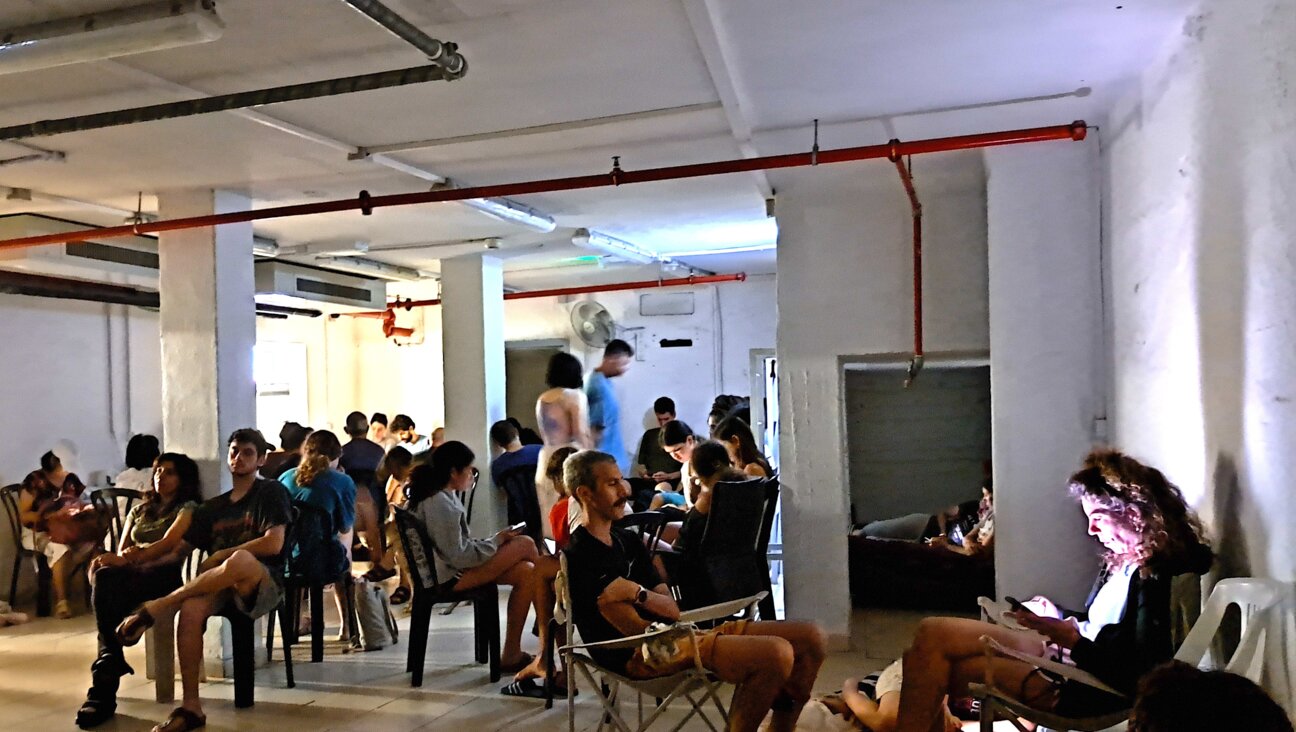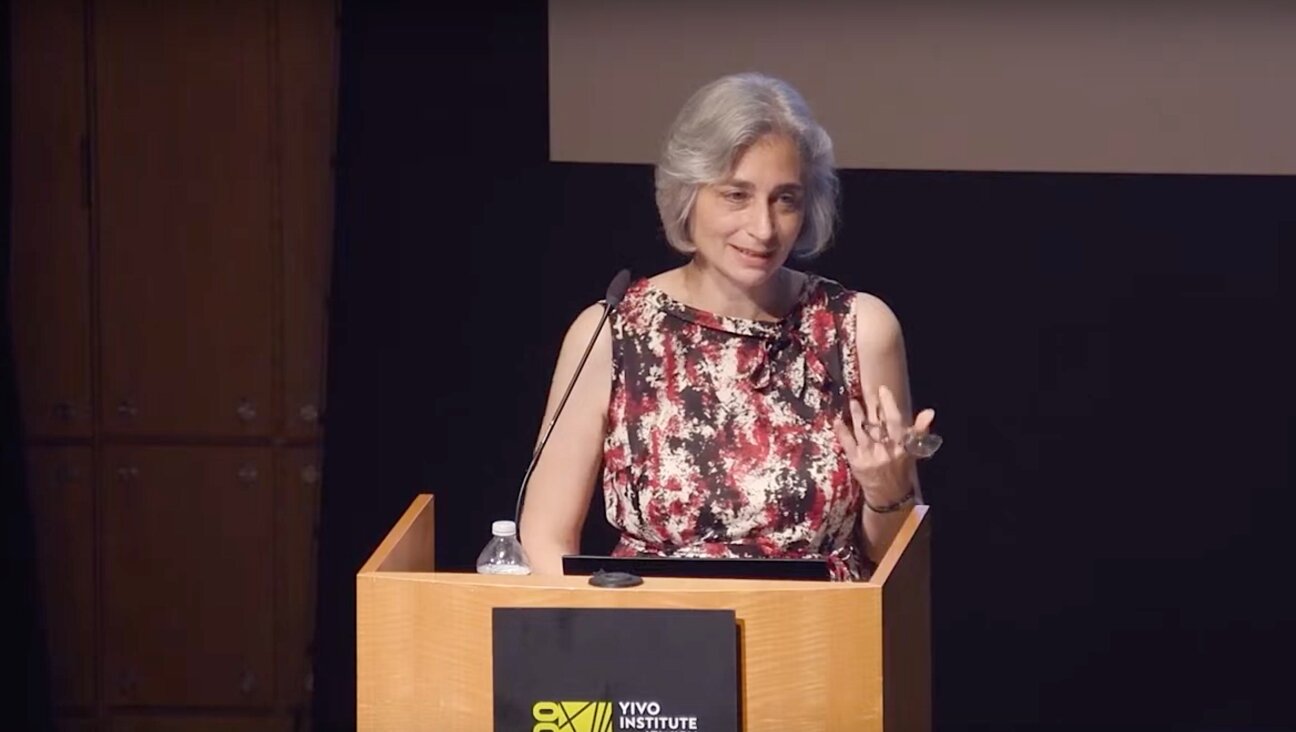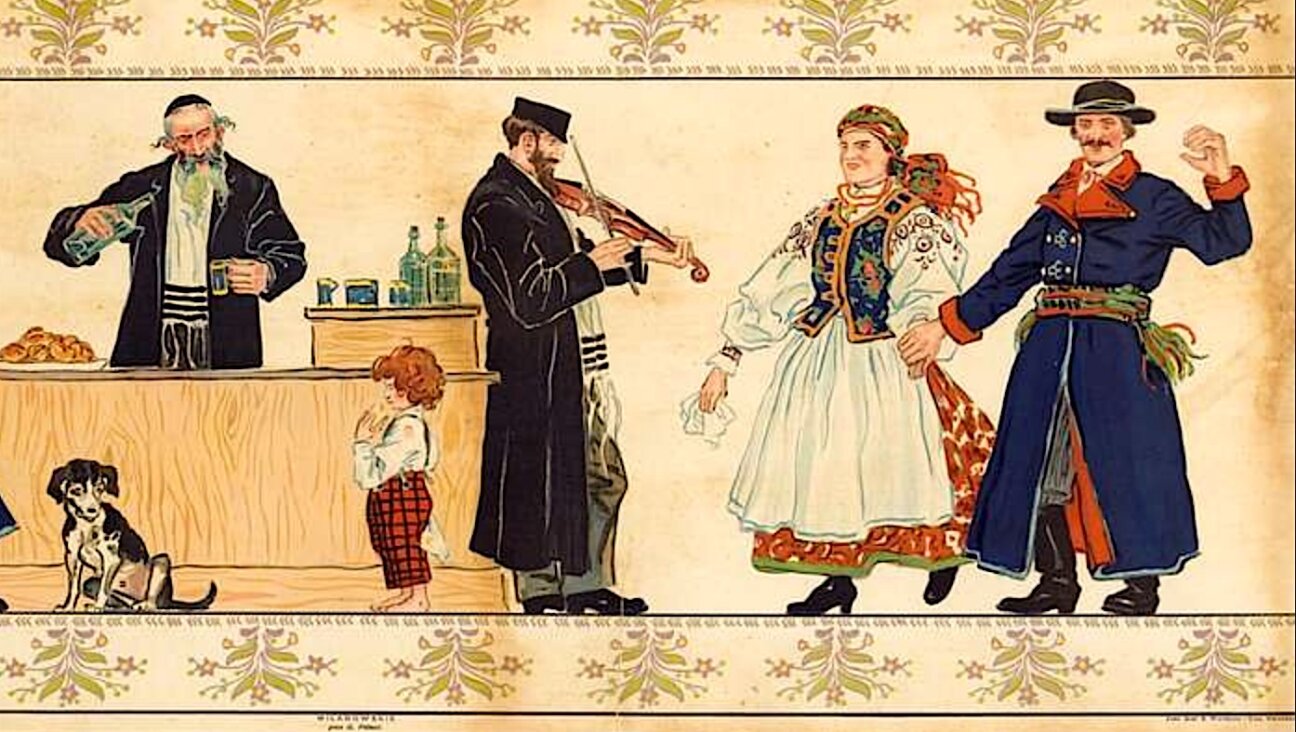פּוילישע פֿרוי וואָס האָט געהיט ייִדיש קינד בעתן חורבן, געשטאָרבן צו 101 יאָרPolish woman who doted on Jewish boy during Holocaust dies at 101
אַנאַ קאָזמינסקאַס דירה האָט אויך געדינט ווי אַ מקום־מיקלט פֿאַר אַ ייִדישן מאַן, רובינשטיין, און אַ פֿרוי, סטעפֿאַ, מיט איר טאָכטער, ריטאַ

Image by Polin Museum
כּדי צו הערן דעם אַרטיקל, גיט אַ קוועטש אונטן. מע קען זיך צוהערן צו אַנדערע אַרטיקלען פֿונעם פֿאָרווערטס פֿאָרגעלייענט דורך שׂרה־רחל שעכטער, ווי אויך אַנדערע פֿאָרווערטס־רעקאָרדירונגען, דורכן קוועטשן דאָ.
די פֿאַרגאַנגענע וואָך איז אַנאַ קאָזמינסקאַ, אַ פּוילישע פֿרוי וואָס האָט געראַטעוועט אַ ייִדיש קינד פֿון די נאַציס, אַוועק פֿון דער וועלט, האָט געמאָלדן דער פּולין־מוזיי אין וואַרשע. זי איז געווען 101 יאָר אַלט.
קאָזמינסקאַ איז אָנערקענט געוואָרן פֿון יד־ושם ווי איינע פֿון די חסידי אומות העולם.
אין סעפּטעמבער 1942, ווען די דײַטשן האָבן אָנגעהויבן חרובֿ מאַכן די טשענסטאָכאָווער געטאָ, האָבן קאָזמינסקאַ און איר שטיפֿמאַמע, מאַריאַ, אַרײַנגענומען און באַהאַלטן אין זייער שטוב אַן 8־יאָריק ייִדיש ייִנגל, אַבֿרהם יאַבלאָנסקי, וועלכער איז געהאַט אַנטלאָפֿן פֿון געטאָ מיט דער הילף פֿון זײַנע קרובֿים וואָס זענען שוין געווען אין באַהעלטעניש.
פֿריִער האָט דאָס קליינע אַבֿרהמל זיך באַהאַלטן אין שײַער בײַ טאָג און אויסגעזוכט קרישקעס עסן בײַ נאַכט ביז זײַן פֿעטער האָט געפֿונען פֿאַר אים אַ מקום־מיקלט בײַ די קאָזמינסקאַס.
מאַריאַ און אַנאַ האָבן „שטאַרק געהיט אַבֿרהמלען, אים געהאָדעוועט, אים באַרויִקט און אים אונטערגעמונטערט ווען ער איז געווען טרויעריק,‟ שטייט אין דער טעקע וועגן זיי אין יד־ושם. זיי האָבן אים אויך אויסגעלערנט לייענען און שרײַבן, און ריזיקירט מיטן אייגענעם לעבן דורכן גיין מיט אים שפּאַצירן אין דרויסן.
קאָזמינסקאַס דירה האָט אויך געדינט ווי אַ מקום־מיקלט פֿאַר אַ ייִד מיטן נאָמען רובינשטיין און צוויי פֿרויען, סטעפֿאַ און איר טאָכטער, ריטאַ. אַבֿרהם יאַבלאָנסקי איז געבליבן אינעם באַהעלטעניש ביז יאַנואַר 1945 ווען די רויטע אַרמיי האָט באַפֿרײַט דעם ראַיאָן. נאָך דער מלחמה האָט ער עולה געווען קיין ישׂראל.
די קאָזמינסקאַס האָבן זיך אָפּגעזאָגט פֿון קאָמפּענסירט ווערן פֿאַר זייערע מעשׂים.






















